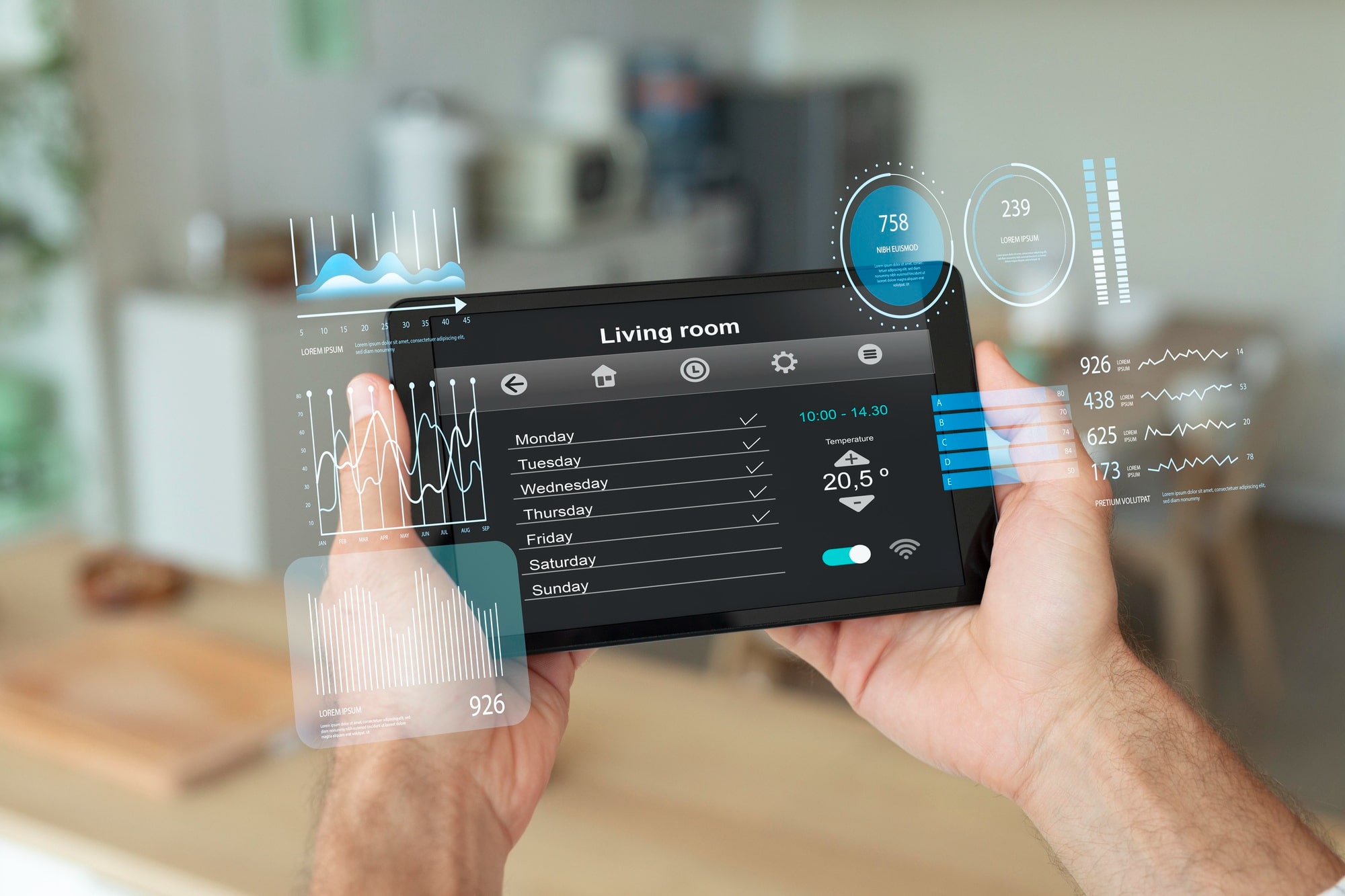In today’s fast-moving world, timing is everything. Whether you are tracking user behaviour, financial transactions, or system performance, acting on old data can lead to missed opportunities. That is why a real-time analytics database has become essential for businesses that want to stay competitive. Real-time insights allow businesses to react quickly, avoid losses, and serve customers better. In this article, we will explore what a real-time analytics database is, how it works, where it is used, and why it matters.
Why Real-Time Data Is Critical
Imagine a customer visits your website, adds items to the cart, but leaves without checking out. If your team gets this information a day later, it is too late. The sale is lost. Real-time data allows you to trigger a special offer, send a reminder, or adjust the user experience within seconds. The same applies to security alerts, system errors, or inventory changes. Companies that use real-time analytics often see higher customer satisfaction, better decision- making, and stronger performance.
What Is a Real Time Analytics Database
A real-time analytics database is a system that can collect, process, and analyse data instantly. It does not wait to store and review data later. Instead, it delivers insights the moment the data enters the system. These databases are built to handle fast-changing, high-volume data from many sources. They provide immediate access to insights that traditional systems may take hours or days to deliver.
Key Features Of Real-Time Analytics Databases
Real-time databases stand out due to several key features. These include:
- Fast Data Ingestion: They are designed to take in massive amounts of data without slowing down. Whether it is web clicks, transactions, or sensor data, nothing gets missed.
- Stream Processing: Unlike batch processing, where data is collected and analyzed later, stream processing handles each event as it happens. This ensures you are always working with the latest data.
- Low Latency: These systems respond in milliseconds. This means your dashboard or application updates immediately, without any delay.
- Scalability: As your business grows, the database can grow with you. Whether you are handling thousands or millions of events, performance remains steady.
- Easy Integration: Modern real-time databases work with your existing tools. They support connections to APIs, cloud platforms, business intelligence tools, and more.
Real-Time Use Cases Across Industries
Real-time analytics is changing how businesses work in nearly every industry.
- E-Commerce: Retailers use real-time data to track user behavior, manage inventory, and personalize product suggestions instantly. They also use it to detect fraud and prevent fake transactions.
- Finance: Banks and financial platforms use real-time analytics to monitor transactions, manage risks, and detect fraud. Stock trading platforms rely on it to react to market changes without delay.
- Healthcare: Hospitals and clinics use real-time data to monitor patients, respond to emergencies, and manage equipment usage. Every second counts in healthcare, and real-time data can save lives.
- Logistics and Transportation: Fleet managers use real-time analytics to track vehicles, optimize routes, and update delivery schedules. This helps reduce delays and fuel costs.
- Technology and SaaS: Tech companies use real-time systems to track app usage, monitor performance, and respond to system errors as they occur. This improves user experience and prevents downtime.
Common Real-Time Database Technologies
There are several well-known tools used for real-time data processing:
- Apache Kafka is popular for managing real-time data streams across platforms.
- ClickHouse is known for fast analytical queries.
- InfluxDB is great for time-series data.
- Google BigQuery is a scalable cloud solution.
- Large companies use Apache Druid for fast analytics on large datasets.
Each tool offers different strengths depending on your business size and data needs.
Benefits of Real-Time Analytics
Real-time analytics offers many business benefits, including:
- Faster decision-making.
- Improved customer experience.
- Live monitoring and alerts.
- Higher security and fraud prevention.
- Better performance tracking.
- Up-to-date dashboards and reports.
These benefits allow businesses to move quickly, avoid issues, and serve customers more effectively.
Challenges in Real-Time Data Management
- Setup can be complex and may require expert help.
- Costs may be higher than basic systems.
- Data privacy must be carefully managed.
- Large volumes of data require a strong infrastructure.
- Teams need training to manage and use these systems effectively.
Despite these challenges, the advantages of faster, smarter decision-making make real-time systems worth the investment.
How to Select the Right Real-Time Database
Choosing the right system depends on your needs. Ask yourself:
- How much data does your business generate?
- How quickly do you need to react to data?
- Do you need to connect the system with other tools or software?
- What is your budget for setup and maintenance?
- What level of security and compliance is required?
Small businesses may not need a full-scale real-time system, but even partial real-time monitoring can improve performance.
Implementation Tips
If you plan to use a real-time analytics database, here are some tips:
- Start small with a specific department or task.
- Test tools before committing to one solution.
- Choose a system that works with your existing data sources.
- Set clear goals and measure the impact.
- Train your team to use real-time dashboards and alerts.
Implementing real-time analytics is a process. But even small changes can lead to big gains.
Conclusion
A real time analytics database gives you the power to act fast, stay informed, and outperform the competition. In a world where data moves faster than ever, reacting in real time is no longer optional. It is essential. If your business wants to grow smarter and serve customers better, now is the time to invest in real-time analytics. The sooner you begin, the sooner you will see the results.
Frequently Asked Questions
What is the main purpose of a real-time analytics database
It allows businesses to process and analyse data instantly as it is created, helping with faster
decisions and actions.
Is real-time analytics suitable for small businesses
Yes. Even small companies can benefit from faster reporting, live tracking, and improved
customer experience.
What is the difference between batch and real-time analytics
Batch analytics processes data at scheduled times, while real-time analytics works instantly as
data arrives.
What tools are best for real-time data
Some popular tools include Apache Kafka, InfluxDB, and Google BigQuery. The best choice
depends on your specific needs.
Can I use real-time and traditional analytics together
Yes. Many businesses use both. Real-time analytics helps with immediate actions, while
traditional analytics supports long-term strategy.






0 Comments